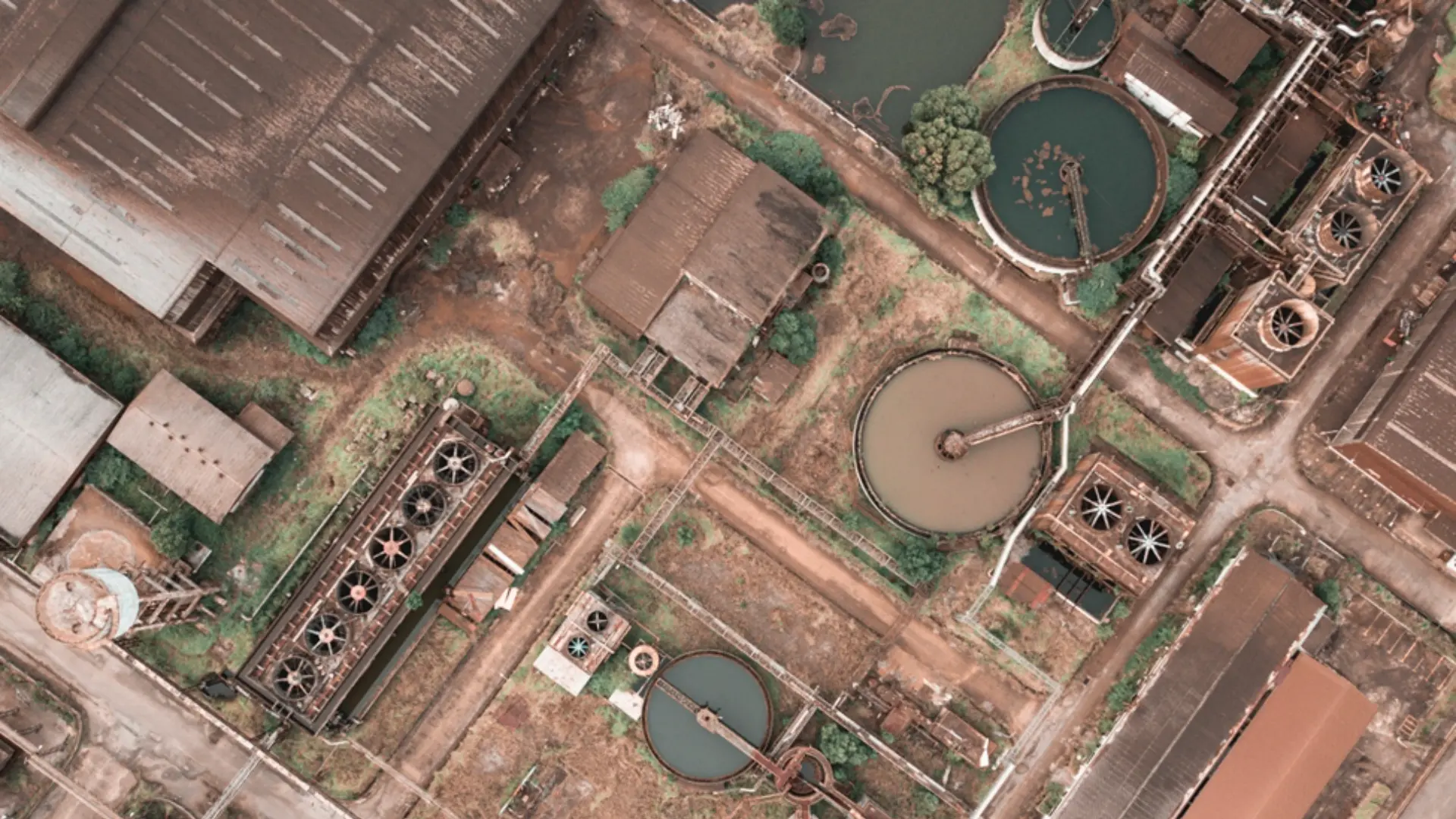Unlocking the Potential of Waste by Resource Recovery and Nonthermal Routes
Resource Recovery by Anaerobic Digestion (AD)
Anaerobic digestion (AD) is an advanced biological process that breaks down organic waste without oxygen for resource recovery. The byproducts are biogas and digestate, which can generate electricity and heat, respectively. The AD process requires gathering raw materials such as food waste, animal manure, and sewage sludge for resource recovery before mixing them with water in a sealed tank to stimulate complex biochemical reactions.
Microorganisms, during AD, decompose the organic matter in the waste and produce biogas, mainly methane and carbon dioxide. The biogas can be collected and used to generate electricity and heat through the combustion of methane gas. In addition, the remaining organic matter, or digestate, can be used as a fertilizer or soil amendment.
AD offers several benefits over other resource recovery technologies:
- AD produces renewable energy as biogas, that can generate electricity and heat. This can help to reduce reliance on fossil fuels and lower greenhouse gas emissions.
- AD can significantly reduce the volume of organic waste, which can help extend landfills’ lifespan and reduce the need for new landfill sites.
- AD can help to reduce greenhouse gas emissions by capturing methane gas, a potent greenhouse gas, and converting it into energy.
- AD can provide economic benefits, such as creating jobs and reducing the cost of waste management.
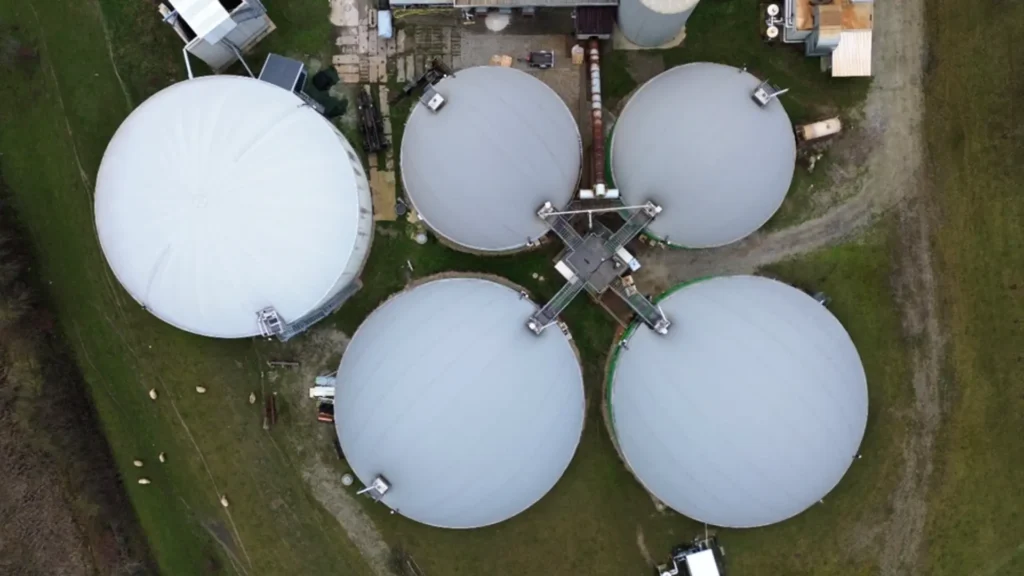
AD can treat a wide range of organic waste materials, including:
- AD can treat food waste households, restaurants, and supermarkets generate.
- AD can treat animal manure and other organic waste generated by agricultural activities.
- AD can treat organic waste from the food and beverage industry and other industries that produce organic waste.
- AD can treat sewage sludge, a byproduct of wastewater treatment.
As environmental concerns continue to rise and the need for sustainable solutions grows, AD is becoming popular for waste management and renewable energy production. With its multiple benefits, including reduced greenhouse gas emissions, waste reduction, cost-effectiveness, and more, AD can provide significant economic, environmental, and social advantages. Furthermore, through continued research and development in this technology area, AD can become increasingly efficient, making it one of the most viable solutions available today from an economical and environmental perspective for resource recovery.
Resource Recovery by Fermentation Process
Fermentation is a natural process used for thousands of years to produce food and drinks like beer, wine, and yogurt. Fermentation is also a resource recovery technology that turns organic waste materials into valuable resources. Fermentation is a biological process when microorganisms such as bacteria and yeast decompose organic matter without oxygen. During fermentation, these microorganisms consume the organic matter and produce biogas, primarily methane and carbon dioxide. The biogas can then be captured and used to generate electricity and heat.
The fermentation process can be performed in different systems, including batch and continuous systems. In batch systems, the waste is added to a sealed tank and left to ferment before the biogas is collected. In continuous systems, the waste is added to the tank continuously, and the biogas is collected continuously.
Fermentation offers several benefits as a resource recovery technology:
- Fermentation produces renewable energy in biogas that can generate electricity and heat. This can help to reduce reliance on fossil fuels and lower greenhouse gas emissions.
- Fermentation can significantly reduce the volume of organic waste, which can help extend landfills’ lifespan and reduce the need for new landfill sites.
- Fermentation can help to reduce greenhouse gas emissions by capturing methane gas, a potent greenhouse gas, and converting it into energy.
- Fermentation can provide economic benefits, such as creating jobs and reducing the cost of waste management.

Fermentation can treat a wide range of organic waste materials, including:
- Fermentation can treat food waste from households, restaurants, and supermarkets.
- Fermentation can treat animal manure and other organic waste generated by agricultural activities.
- Fermentation can treat organic waste generated by the food and beverage industry and other industries that produce organic waste.
- Fermentation can treat sewage sludge, a byproduct of wastewater treatment.
Fermentation is a sustainable and effective resource recovery technology that offers several benefits, including renewable energy production, waste reduction, and environmental and economic benefits. As the world becomes increasingly concerned about the environment and the need to reduce greenhouse gas emissions, fermentation is expected to become an even more important technology for resource recovery and energy production. Furthermore, with ongoing research and development, fermentation is expected to become even more efficient and cost-effective, making it a viable option for waste management and energy production.
Waste to Energy by Transesterification Process
The world’s dependence on fossil fuels has led to serious environmental problems, including air pollution and global warming. As a result, waste-to-energy technologies are becoming increasingly popular to reduce our reliance on non-renewable resources and promote sustainable energy production. One such resource recovery technology is transesterification, which turns waste oils into sustainable biofuels.
Transesterification is a chemical process that involves the conversion of waste oils, such as vegetable oil, animal fats and used cooking oil, into a biofuel called biodiesel. The process involves reacting the waste oil with an alcohol, usually methanol, and a catalyst, such as sodium hydroxide, to produce biodiesel and glycerin. The biodiesel can then be used as a renewable fuel for transportation or heating.
The transesterification process can be carried out in a batch or continuous system. In batch systems, the reaction occurs in a reactor vessel, where the waste oil, alcohol, and catalyst are mixed and left to react for several hours. Then, the reactants are fed into a reactor vessel in continuous systems, and the biodiesel and glycerin are continuously removed.
Transesterification offers several benefits as a resource recovery technology:
- Biodiesel produced by transesterification is a renewable energy source that can help to reduce our dependence on non-renewable resources.
- Transesterification can help to reduce waste by using waste oils that would otherwise be discarded and contribute to environmental pollution.
- Biodiesel produced by transesterification has lower greenhouse gas emissions than fossil fuels, which can help to reduce the impact of global warming.
- Transesterification can help to increase energy security by reducing dependence on foreign oil.
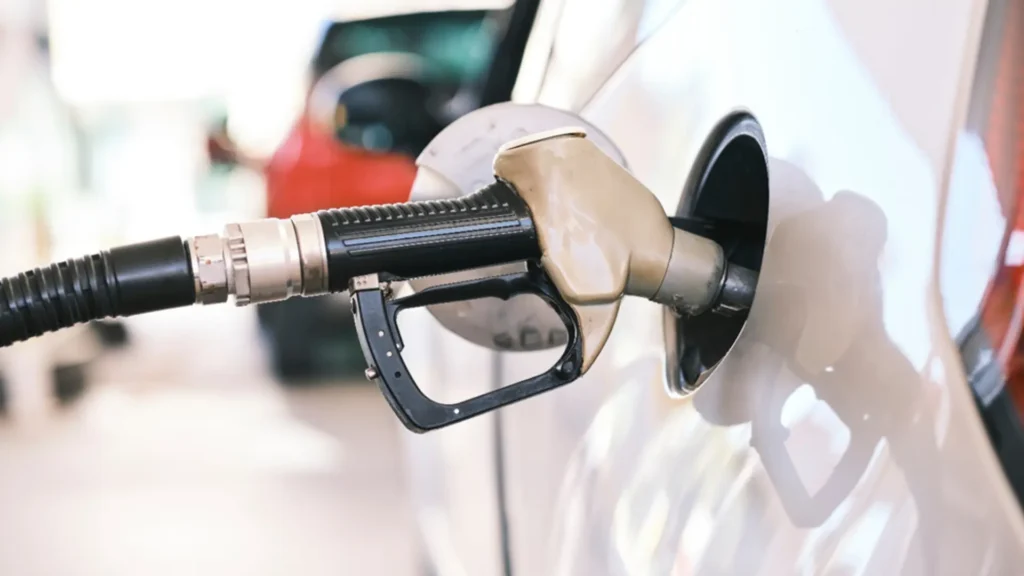
Transesterification can produce biodiesel from a wide range of waste oils, including:
- Transesterification can produce biodiesel from vegetable oil that is no longer suitable for cooking or has been discarded.
- Transesterification can produce biodiesel from animal fats generated by the food industry.
- Transesterification can produce biodiesel from used cooking oil collected from households, restaurants, and other food service establishments.
- Transesterification can also produce biodiesel from algae, a potentially sustainable energy source.
Transesterification is a sustainable and effective waste-to-energy technology that offers several benefits, including renewable energy production, waste reduction, greenhouse gas reduction, and energy security. As the world becomes increasingly concerned about the environment and the need to reduce greenhouse gas emissions, transesterification is expected to become an even more important technology for waste management and energy production. In addition, ongoing research and development will make transesterification even more efficient and cost-effective, making it a viable option for waste management and energy production.
Waste to Energy by Refuse Derived Fuel (RDF)
Waste management is a major challenge for many countries around the world. Traditional landfilling and incineration methods are no longer sustainable, and there is an urgent need to find alternative solutions. One such solution is Refuse Derived Fuel (RDF), which converts waste into energy.
RDF is a fuel that is made from non-recyclable waste materials, such as plastic, paper, cardboard, and other organic materials. The waste materials are sorted, shredded, and processed to remove contaminants like metal and glass. The resulting material is then dried and compacted into pellets or blocks that can fuel energy production.
The RDF process can be performed differently, depending on the type of waste being processed and the desired output. For example, some facilities use mechanical processing to sort and shred the waste, while others use biological or chemical methods to convert the waste into fuel.
RDF offers several benefits as a resource recovery technology:
- RDF can be used as a fuel in power plants and industrial boilers, which can help to reduce reliance on fossil fuels and promote sustainable energy production.
- RDF can help to reduce the amount of waste sent to landfills, which can help to reduce environmental pollution and conserve natural resources.
- RDF can help to reduce greenhouse gas emissions compared to landfilling, as the waste materials are converted into a valuable resource rather than being left to decompose and release methane gas.
- RDF allows the recovery of valuable materials, such as plastics and metals, that can be recycled and reused.
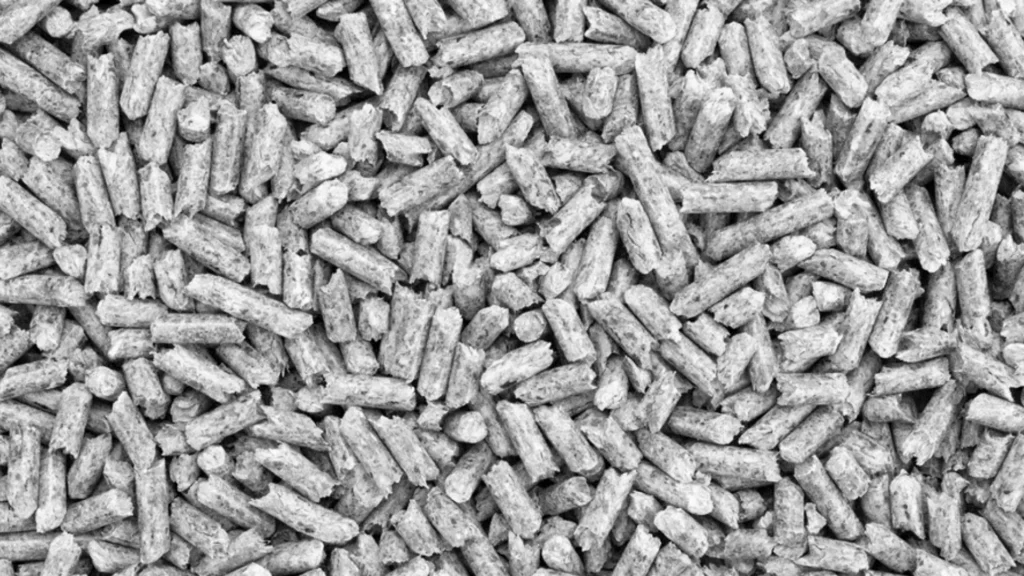
RDF can be used in a variety of applications, including:
- RDF can be used as a fuel in power plants, producing electricity for homes and businesses.
- RDF can be used as a fuel in industrial boilers, providing heat and power for industrial processes.
- RDF can be used as a fuel in cement production, reducing reliance on fossil fuels and promoting sustainable production.
- RDF can heat homes and buildings through district heating systems.
RDF is a sustainable and effective waste-to-energy technology that offers several benefits, including energy production, waste reduction, greenhouse gas reduction, and resource recovery. As the world becomes increasingly concerned about the environment and the need to reduce waste and greenhouse gas emissions, RDF is expected to become an even more important resource recovery technology for waste management and energy production. Furthermore, with ongoing research and development, RDF is expected to become even more efficient and cost-effective, making it a viable option for waste management and energy production.
Waste to Energy by Mechanical Biological Treatment (MBT)
Mechanical Biological Treatment (MBT) is a resource recovery technology that converts waste into energy through mechanical and biological processes. MBT is a technology that combines mechanical and biological processes to treat waste materials. The process involves sorting and separating waste materials using mechanical methods, such as shredding, screening, and air classification. Then, composting, AD, or other biological processes treat the resulting material to produce fuel for energy production.
MBT offers several benefits as a resource recovery technology:
- MBT can be used as a fuel for power plants and industrial boilers, which can help to reduce reliance on fossil fuels and promote sustainable energy production.
- MBT can help to reduce the amount of waste sent to landfills, which can help to reduce environmental pollution and conserve natural resources.
- MBT can help to reduce greenhouse gas emissions compared to landfilling, as it converts the waste materials into a valuable resource rather than being left to decompose and release methane gas.
- MBT enables the recovery of valuable materials, such as plastics and metals, that can be recycled and reused.
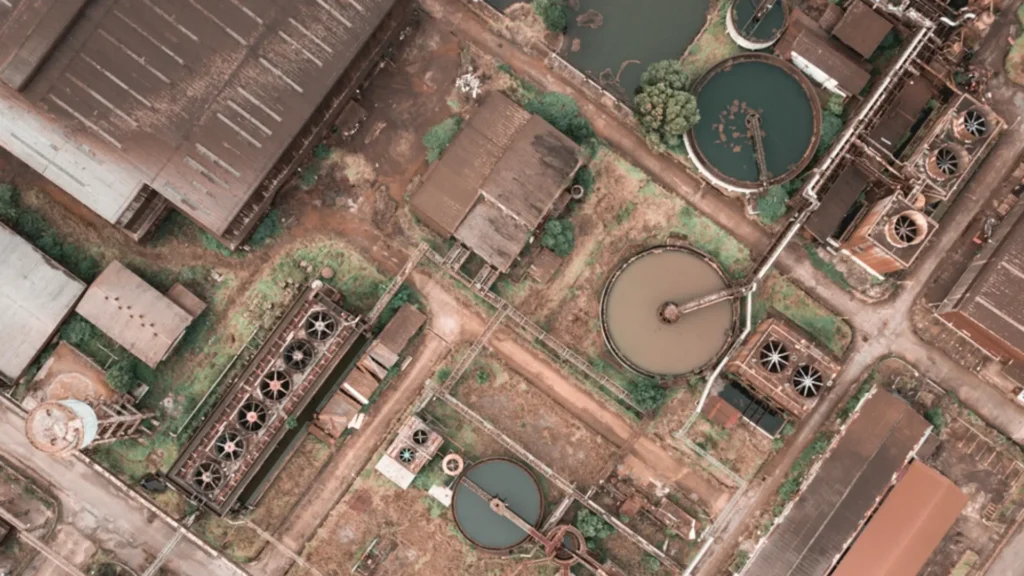
MBT can be used in a variety of applications, including:
- MBT can be used as a fuel for power plants, producing electricity for homes and businesses.
- MBT can be used as a fuel in industrial boilers, providing heat and power for industrial processes.
- MBT can be used as a fuel for cement production, reducing reliance on fossil fuels and promoting sustainable production.
- MBT can provide heat to homes and buildings through district heating systems.
MBT is a sustainable and effective resource recovery technology that offers several benefits, including energy production, waste reduction, greenhouse gas reduction, and resource recovery. As the world becomes increasingly concerned about the environment and the need to reduce waste and greenhouse gas emissions, MBT is expected to gain importance for waste management and energy production. In addition, ongoing research and development will make MBT even more efficient and cost-effective, making it a viable option for waste management and energy production.
To Cite this article:
‘A.S. Nizami. Waste to Energy Technologies: Turning Waste into Valuable Resources. 2023. Publication & Data. Green Flagship.’

